Back in early August, I was invited by Gus Yaki to go on a little excursion around south-eastern Alberta. Our ultimate goal was to join a Nature Calgary trip to the area around Manyberries in search of Alberta’s only lizard species, the Greater Short-horned Lizard. Along the way we planned a few stops, including the Milk River area, Writing-On-Stone Provincial Park, Pakowki Lake, and Red Rock Canyon.
We covered over a thousand kilometers over four days, and was some of the most exhaustive exploration I’ve ever done of this area of my home province, and a good amount of one-on-one time with one of the most experienced birders I know.
Some of the most memorable and remarkable things that I saw, heard, and experienced on this trip weren’t birds at all, but rather reptiles, insects, and landscapes. Don’t worry though, I’ll be sharing some of the better birds we saw as well!
On our first day, after a brief visit to Frank Lake, a second stop in Vulcan, and the Alberta Birds of Prey Centre in Coaldale, which I wrote about over on the Birds Calgary blog last year, we stopped somewhere that I’ll never overlook again, especially after how amazing it was. Stirling Lake, located just south of Lethbridge, was host to over 500 Marbled Godwits (and a couple of Hudsonian Godwits for good measure).
After camping out in Milk River that night, we headed towards Writing-On-Stone Provincial Park, but made a few stops along the way. On one stretch of road east of Milk River we found a pair of young Great Horned Owls only about half a kilometer away from our first Ferruginous Hawk of the trip.
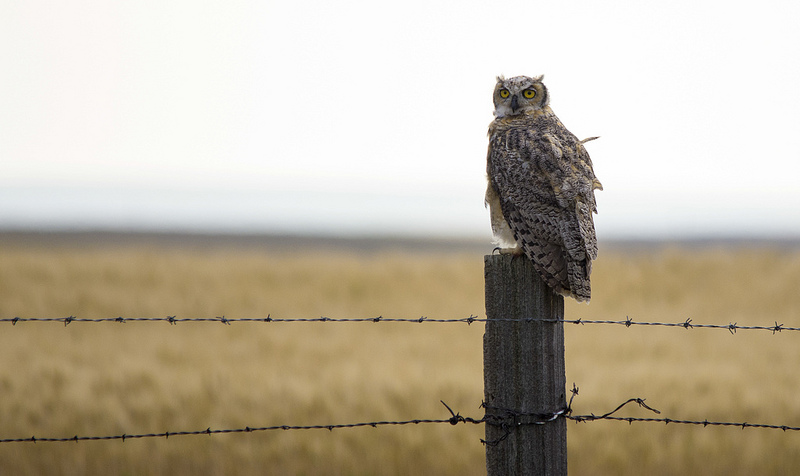
young Great Horned Owl
The morning was a bit foggy and overcast, and we all hoped it would clear up as the day progressed.
I’d never been to Writing-On-Stone Provincial Park before, so I had no idea what to expect. Not only was the scenery to die for, but the geology of the area, as well as the amazing flora and fauna that call the area home were simply breath-taking. I’ve got a feeling I’ll be making a trip down here every summer!
While walking through the campground area, we found no small number of Brown Thrashers, Spotted Towhees, and even had a handful of Common Nighthawk sightings, but one of the most memorable findings was this little Rock Wren that decided to investigate our activities while we hiked down to the petroglyphs that the park is named for.
At a second stop within the park, we had another very cool experience with this adult female parasitic wasp excavate a nest hole, then fill it in with the small green insect on the left side of the frame, then re-bury it. These wasps lay their eggs in the gut cavity of small insects which they also paralyze. When the eggs hatch a few days or weeks later, they have a captive food source that they then eat their way out of. Isn’t nature fun?!
On our way out of Writing-On-Stone, we nearly ran over a fairly large Bull Snake. In fact, as the first car in the convoy, we literally drove right over it, bracketing the length of the snake with the wheels. Thankfully we didn’t actually crush it under the wheels, as this seemed to be a very healthy, bulky and beautiful snake.
After camping out at Foremost that night, we headed over to visit Pakowki Lake before heading to Manyberries to meet up with another group that was also heading out to look for our main targets for the trip.
At Pakowki Lake, we saw at least 10,000 birds, mostly waterfowl and shorebirds, but the highlight of the morning was this Prairie Falcon that followed our cars for a few kilometers, either disturbed by our passing, or maybe hoping we’d stir up some small mammal or bird from the edges of the road for an easy meal?
After arriving in Manyberries, the other group were all lined up along the fence-lines near our meeting point, and for good reason. A pair of Common Nighthawks were perched on the fence, and seemed to be completely fearless of our group of nearly twenty people, all staring with at them with their binoculars or cameras.
And so the trip to visit our target species was on! Heading down a few side roads, and eventually ending up on a wellsite access road, we searched the bluffs for the Short-horned Lizards, and managed to find in two hours what some field researchers can’t find in a whole season: two adults and three baby Short-horned Lizards!
While we were expecting to at least find a few of these lizards, we also found a pair of species we weren’t expecting at all! The first was a small group of Boreal Chorus Frogs, which were hopping about on the surface of the mud-cracked hillside. This area of Alberta is within an area known as Palliser’s Triangle, and receives around 300mm of rainfall annually, and some of the highest temperatures in Canada. There was no standing water anywhere nearby, and certainly no creeks, ponds, or even an above-ground spring in sight.
The other species we found that was totally unexpected was this Mormon Cricket. These little guys are actually a species of shieldbacked katydid, and are named due to their association with the Mormon exploration of the west during the 19th Century in the USA, specifically with the “Miracle of the Gulls.” This was my first time seeing this particular insect, and I had no idea that we had insects this large in Canada!
We made another stop that afternoon at Red Rock Coulee, where we hoped to see some more prairie birds, but unfortunately there wasn’t too much around. That said, the geologic scenery there is pretty amazing. These large concretions are part of the Bearspaw Shale, and are considered some of the largest concretions of their type in the world!
As we headed home the following day, we had a couple of small stops along the way, with these two highlights topping off the trip and leaving it on a high note.
Thanks again for reading folks, and good birding! See you next month!



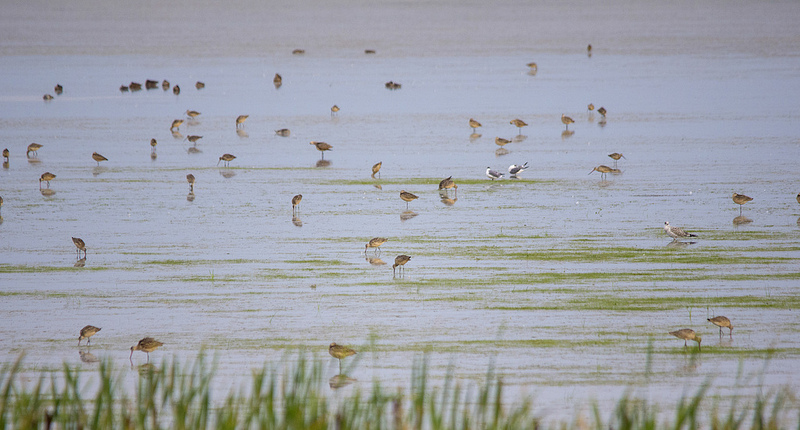
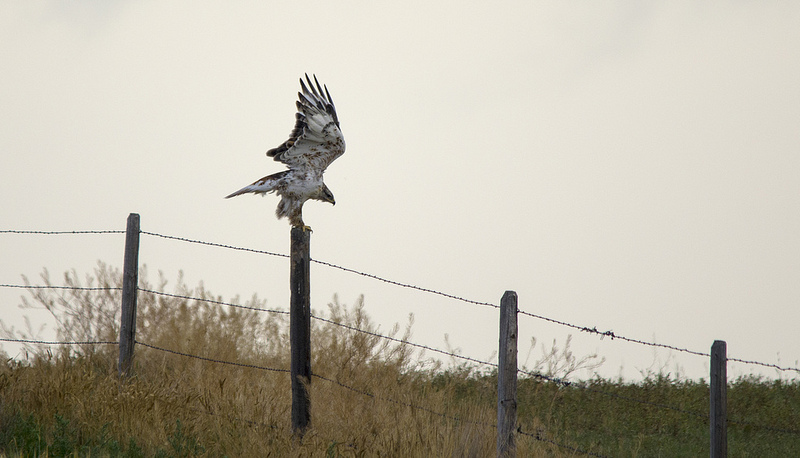


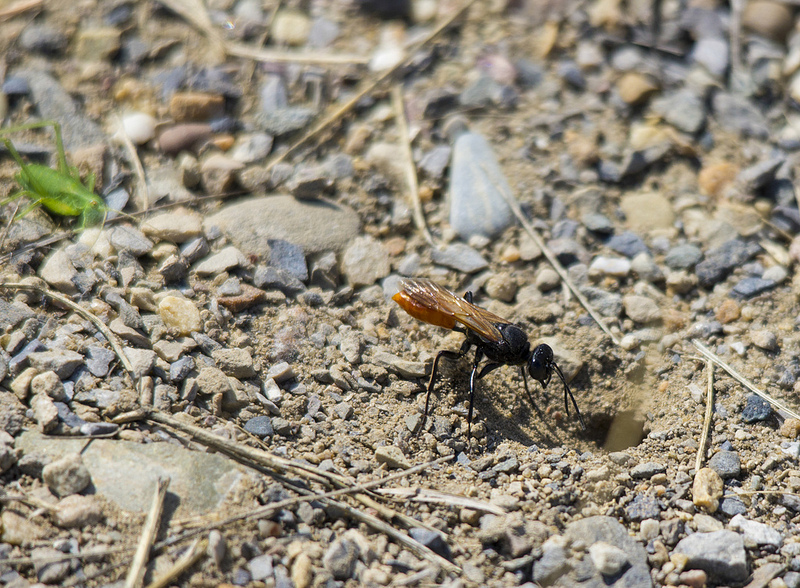

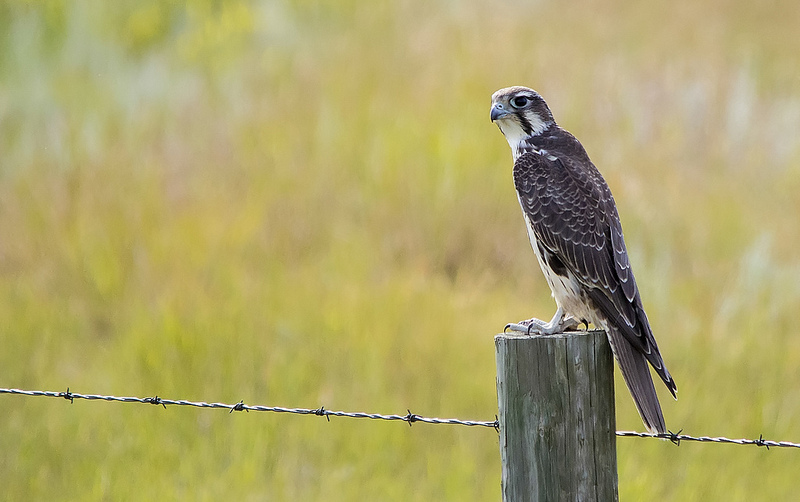




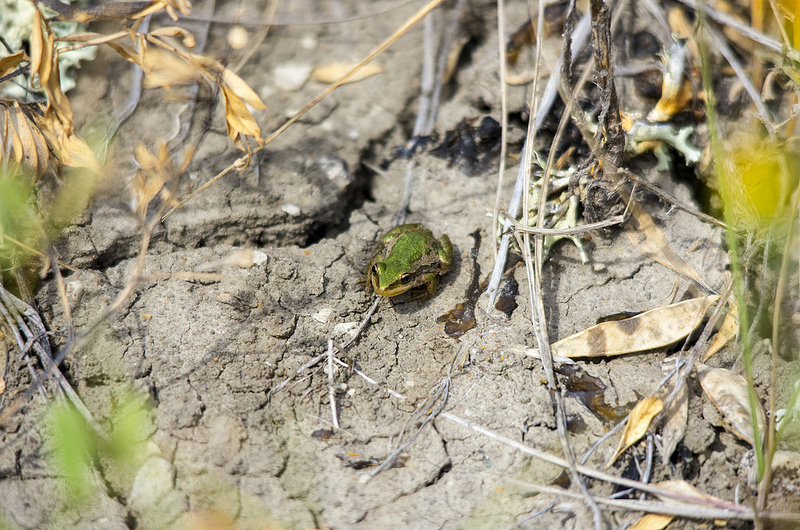



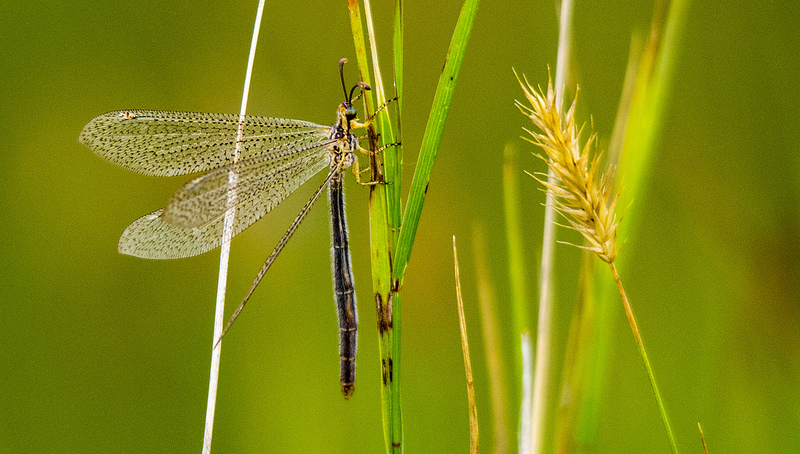
Aww, thanks Charlotte! It was an incredible trip!
– Dan
What a beautiful place! Your photos are amazing, Dan, and the lizards are so cute!
Pingback: This Week in Birding 39 by Drew Weber | Nemesis Bird
Pingback: Birding News #39 | Prairie Birder